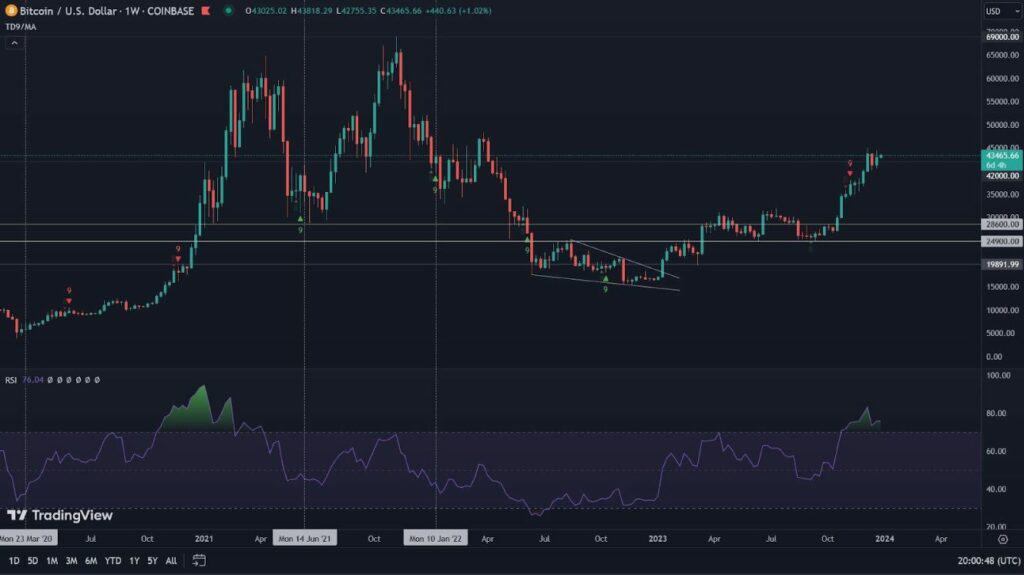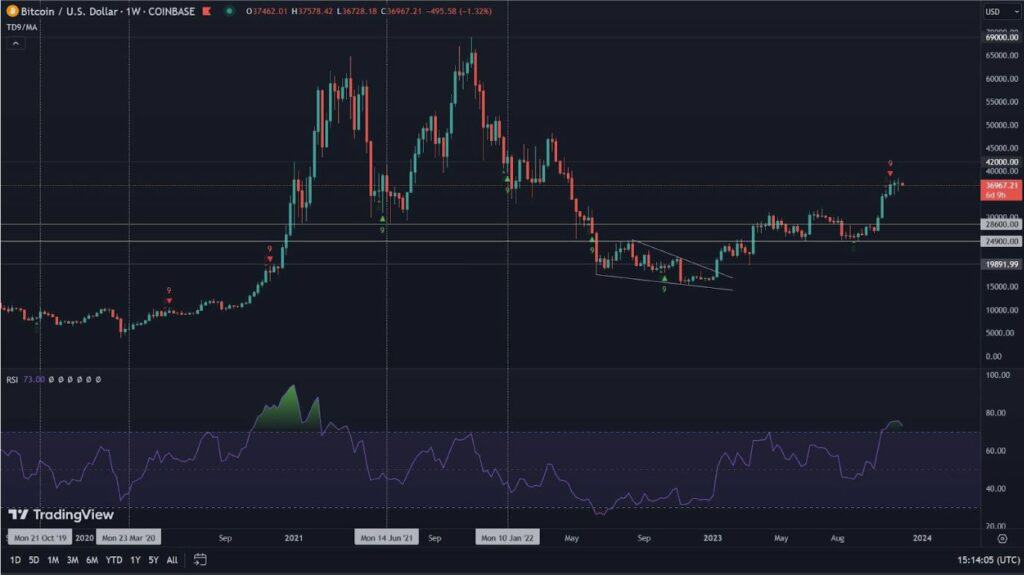You’ve probably noticed that the adoption of cryptocurrencies is growing rapidly. But have you ever wondered how many people actually own this type of asset? In this article, we’ll take a look at the numbers.
Cryptocurrencies globally
Thanks to the data provided by Triple-a.io, we can get quite an interesting picture of the global adoption of cryptocurrencies. The first piece of information that strikes our eyes is that cryptocurrencies are held by nearly 300 million global citizens. This is as much as 3.9% of the population. Making a breakdown by continent, we can see that Asia is in the lead. It is responsible for more than half of active market participants (56.5% of the total number). Europe is second (13.4%), followed by Africa (11.3%), North America (9.9%), South America (8.5%) and finally Australia and Oceania (0.4%).
Given that Asia is the most populous continent, it is not surprising that it is home to the largest number of market participants. It also has a solid representative by country.
Cryptocurrencies from a closer perspective
More than 100 million active users – such numbers can boast India. Interestingly, the policy of this country is not unequivocal on the issue of trading and owning crypto assets. This, however, does not deter residents from buying them. The other places on the podium are occupied by the United States (27.5 million) and Russia (17.4 million).
However, to get a real picture of the market, it is worth checking what percentage of the population of each country owns cryptocurrencies. Here the situation looks equally interesting.
As you can see, the fastest growing adoption in the world boasts Ukraine, where as much as 12.73% of citizens own crypto. It is followed by Russia (11.91%), and Venezuela (10.34%). The United States in this list was on the sixth place (8.31%). India, on the other hand, which was the leader in terms of population, was ranked seventh (7.3%).
Paying attention only to the top three places, very interesting conclusions can be drawn. Cryptocurrency adoption is progressing fastest in countries with an uncertain economic and political situation. The recent Russian-Ukrainian conflict was right to have a strong impact on the people of both countries. The economic weakening of Ukraine, the sanctions that were imposed on Russia, resulted in the partial securing of the assets of the residents in assets with a global dimension. An even better example is the third-ranked Venezuela, where the crisis lasting for several years led the country to an economic catastrophe and still progressing hyperinflation. Venezuelan citizens, given the difficult situation in which they found themselves, did not remain passive in the face of the rest of their savings and took care to protect them. There are more and more countries with similar problems, so this ranking can change very dynamically.
Cryptocurrencies demographically
Another interesting fact we can draw from the data shared on Triple-a.io is demographics. They indicate that as many as 79% of crypto holders are male and only 21% are female. 54% of market participants are under the age of 34. In turn, 82% have a university education. This indicates a significant advantage of certain groups. It is worth watching whether these rules will continue in the coming years.



























